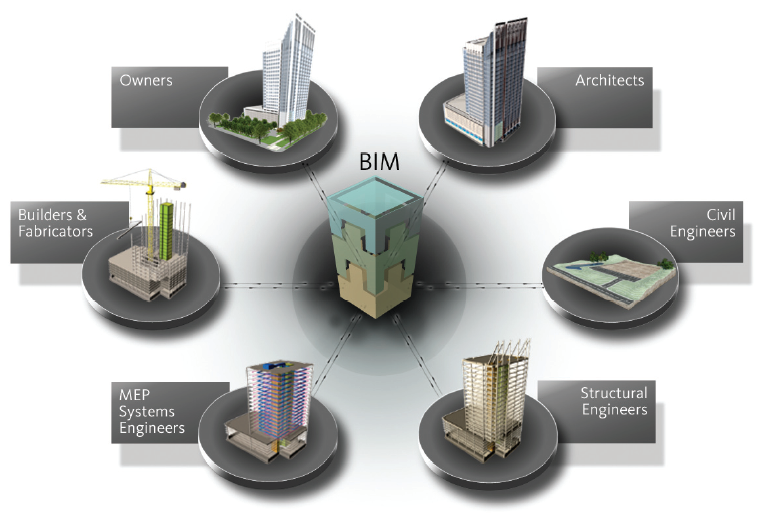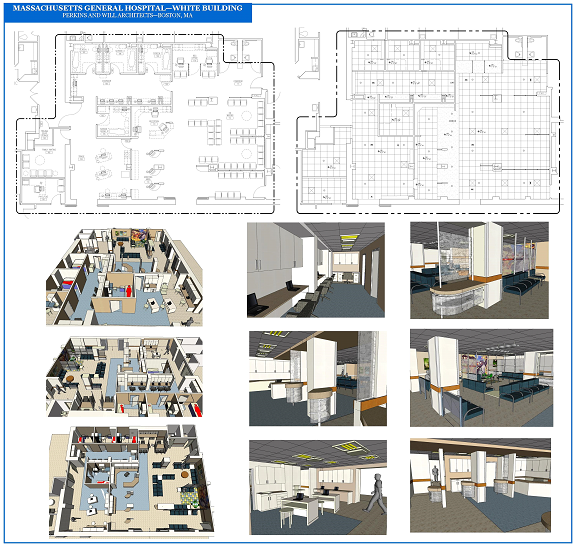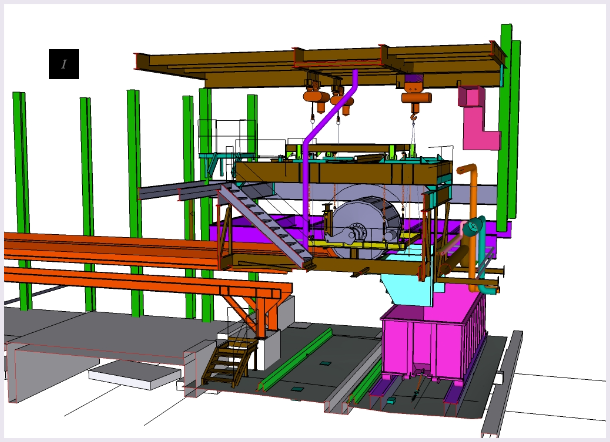 |
| http://www.historyofscience.com/G2I/timeline/index.php?era=-8000 |
The values of 2D
The core values of these 2D documents include:
1. Exact specifications of the design for construction,
2. Certified proof of code compliance for public safety,
3. Accurate representation to determine values in competitive bidding, and
4. Evidence as a binding contract between the parties involved in the construction.
At the same time, the very complexity of these post-industrial values overwhelms the production of once simple two-dimensional documents. In practice, the shear volume of drawings and specifications has made them almost superfluous to their original intent. This is because the growing density of the documents makes them increasingly prone to errors, and the demands of their production, effectively limits the design team’s interaction during construction.
Hi-tech 2D
If we believe the hype, some might even assume that computer technologies are playing an important role in mitigating the cost of producing traditional 2D construction documents. But of course, the cost of implementing and maintaining the technology far outweighs any gains these new automations might be able to deliver. Just ask any designer trying to make a living in the real-world.
 |
| http://revit.com |
In fact, if you look past the hype, it’s pretty obvious that we really haven’t come that far. The documents are still 2D, and though they’re now prone to complexities that only automation can bring, the computer generated output does nothing more than meet the original core values using an ancient two-dimensional format.
Open source opens eyes
While our industry labors myopically on complicated single source drafting programs, a variety of open source and freely available software like SketchUp now make it possible to quickly model, illustrate, and animate the construction process.
Add to this, palm size computers -- running 99 cent “aps” -- that can annotate and post videos and images of real-world construction to the web, and it’s almost comical to think that we are now attempting to see the same antiquated 2D documents on highly portable, multi-dimensional, full color, interactive, and cloud-sourced, three-dimensional viewers like the IPad and other slate computers.
 |
| http://mashable.com/2010/01/27/9-upcoming-tablet-alternatives-to-the-apple-ipad/ |
Lo-tech 3D
Given the availability of 3D technologies, a visually indexed set of 3D diagrams and specifications could easily replace cumbersome 2D specifications and drawings. Such a document would improve the delivery of construction information while meeting the original intent of traditional 2D:
1. Specify design details: the exact specifications of the design for construction are better defined in 3D than 2D. 3D construction models are multi-dimensional explanations, showing an assembly from a variety of view points in a single image, from many different angles, as a simulated sequence of events.
2. Protect public safety: code compliance is fast becoming a fiduciary responsibility based on signatures and licenses. Overburdened permit agencies are increasingly relying on certifications, stamped calculations, and prescriptive solutions rather than drafted details.
3. Competitively determine values: accurate bidding is based on an estimator’s ability to quantitatively simulate time and materials. Using past project experience, 3D construction modeling easily supports these calculations because they adaptively anticipate the flow of project interactions along a timeline of a standard process.
4. Support binding contracts: annotated images and animations as graphic explanations are the by-products of a 3D construction model. As dynamic illustrations, they hold a greater potential for interactivity -- as adaptive hypermedia -- that not only structures the legal contract, but clarify intent and minimize the need for conflict resolution.
 |
| http://scottgabriel.info/Professional_Work_Sample.php |
As a matter of experience, motivation, and training, there are few old school designers interested in modeling the construction process. Many might argue that this kind of information must be specifically excluded from 2D construction documents because of the liability that it implies. The very idea of adding process to a construction document is crossing a line that many designers have long been unwilling to accept.
Regardless of these traditions, the availability of new tools is slowly eroding the boundaries of design and construction. Builders now have the software to not only illustrate and prefabricate solutions; they are able to use these programs to express their own ideas, sometimes completely circumventing the embattled and time consuming production of construction documents.
 |
| http://stangl.com/ |
Add to these tech-savvy innovators, the work of building system engineers, component fabricators, and construction material manufacturers, and the potential of an integrated 3D process document is clear. They reduce design errors and omissions, improve construction safety, increase profits, and extend the marketability of both design and construction services. For long-established professionals, the simplicity of implementing process documentation as a format for real-world construction, only remains to be discovered.
Simple-3D only remains to be recognized for its real-world potential.
.
.
.
